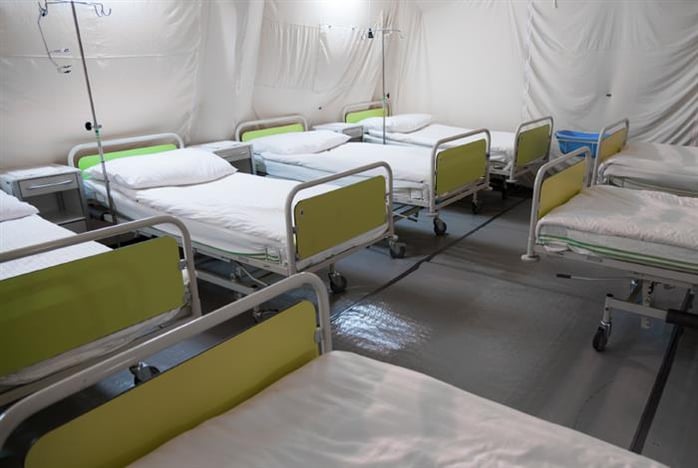
Hospital disaster preparedness is so much more than simply writing out a series of steps to be taken in an emergency situation. It’s not something to be done once and then forgotten until needed. Instead, once the plan is created, it should be periodically evaluated, tested, and updated to fill any gaps. We recommend examining your plan at least once every two years.
There are a few different ways that your hospital can audit its plan. These audit methods have varying levels of complexity, but all of them will serve to strengthen your hospital’s current disaster preparedness plan.
Low-Complexity Disaster Preparedness Audit Methods
Tabletop Exercises
This is a discussion-based audit with key personnel who will talk through various hypothetical disaster scenarios. By working through these scenarios, potential shortcomings in the current disaster plan can be identified and problems solved. No actual resources are mobilized during this event.
Tabletop Exercises are cost-effective, low-stress, and allow participants to offer feedback on policies and procedures in the plan.
Drills
Drills, as you might expect, are operations-based exercises. This means that elements of the disaster plan are physically carried out. Drills are used to test one specific operation within one single entity. For example, your hospital could run a drill on its decontamination procedure and use the findings to determine if staff understands the procedure and can implement it in a timely fashion.
These two methods are the least time-and resource-dependent exercises, but your hospital should periodically go a few steps further.
Complex and Comprehensive Disaster Preparedness Audit Methods
Functional Exercise
A functional exercise takes a drill one step further. Participants are required to make fast decisions as they simulate their actions within your Hospital Incident Command System. A functional exercise involves many agencies and is used to test the coordination efforts between them. However, in this type of exercise, first responders do not respond in real time.
Full-Scale Exercise
A full-scale exercise is the most complex, utilizing all agencies and fully mobilizing all resources as if an actual disaster has taken place. The Hospital Incident Command System carries out the disaster plan and first responders are used to treat mock victims. These types of events are costly and stressful, but provide an accurate depiction of exactly how a disaster preparedness plan would be carried out.
Both of these methods will result in the ability to:
- Evaluate how well your overall internal and external communication systems function.
- Assess your availability of emergency resources, portable equipment and supplemental staff.
- Analyze your relationships with local agencies and your partnerships with other local hospitals, community resources, and vendors.
- Correct any shortcomings that were noted during the exercise.
Post-Disaster Analysis
As realistic as a full scale exercise attempts to be, nothing can replicate a true disaster. When disaster strikes, hospitals quickly realize what areas are deficient in their disaster preparedness plan, which, at that point, is too late. A thorough post-disaster analysis should be carried out every time after a plan is activated during an actual emergency.
An analysis after the event will force these hospitals to reconsider where their generators were located as well as having sufficient battery-powered equipment available to provide patient care during emergencies.
Developing a solid disaster preparedness plan is challenging, but it is absolutely necessary. A regular audit of your current plan will allow for continued improvement and safety in operations.
Editor's note: This blog was originally from April 2016. It has been re-published with additional up to date content.














